
TEN WAYS TO BECOME A MORE RESPONSIBLE DRIVER
Driving a car is a huge responsibility! It’s a skill that requires constant practice. Whether you’re an inexperienced driver or a driver with many miles under your belt, check out these safety tips that can help you become (or remain) a safe automobile driver.
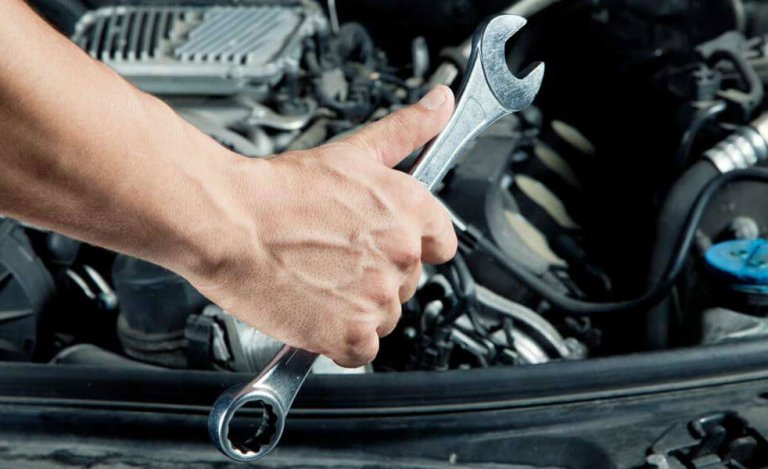
Maintain Your Vehicle
As the driver, you should ensure your vehicle is in good condition. Frequently, check that your tires, lights, wipers, brakes and other important parts of your vehicle are in good working condition. If you haven’t already, read your vehicle’s owner’s manual and follow its recommendations for your vehicle maintenance.
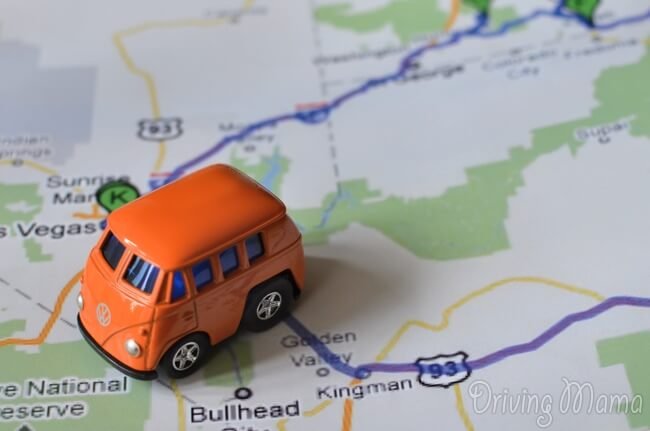
Plan Your Trip Well
Before you start a drive, plan your route. Use Google Maps to check traffic activity, weather and road conditions of your route so you can be better prepared for your journey whether it’s a fifteen minute drive to work or a fourteen hour road trip. If you’re about to embark upon a long journey, make sure you plan breaks into your trip and stop every two hours (or even sooner if necessary) to avoid driving fatigue.
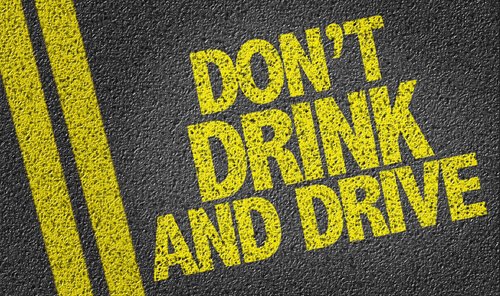
Don’t Drive When You’re Impaired
Everyone knows not to drink and drive, but people still drive after drinking anyway. Don’t be one of those risky drivers thinking, “I’m not that drunk” or “It’s only five minutes away.” Avoid driving if you’ve been drinking. Order an Uber. The cost is well worth saving your life or another’s. Additionally, don’t drive if you’re sleep-deprived, sick or on a new medication. You’re the best judge of your abilities. If you think you may be impaired in any way. Don’t drive!

Avoid Distractions
Driving requires all of your attention and your complete concentration. Distractions, even minor ones, can lead to fatal consequences. While you’re on the road, avoid distractions that can impede your ability to drive safely like your cellphone, music and food.

Check Your Mirrors Frequently
As a safe and efficient driver, you need to be aware of your surroundings and you will be able to do this by checking your mirror and adjusting them when necessary. Make sure you check your mirrors when you’re about to merge into traffic, when you’re reversing, when you’re changing lanes, etc.

Wear Your Seat Belt
By now every driver should know the safety benefits of wearing seat belts. Most states require seat belts. It takes ten seconds to click on a seat belt.
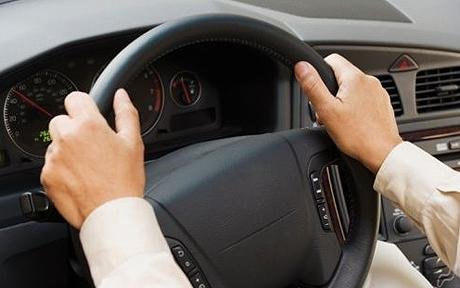
Keep Your Hands On The Wheel At The Proper Positions
If you’ve been driving for awhile, it’s easy to become too comfortable and ignore important safety procedures like keeping your hands on the wheel at the proper positions. To use the popular clock metaphor, keep your hands lower at either 8 and 4 positions on the clock or 9 and 3.
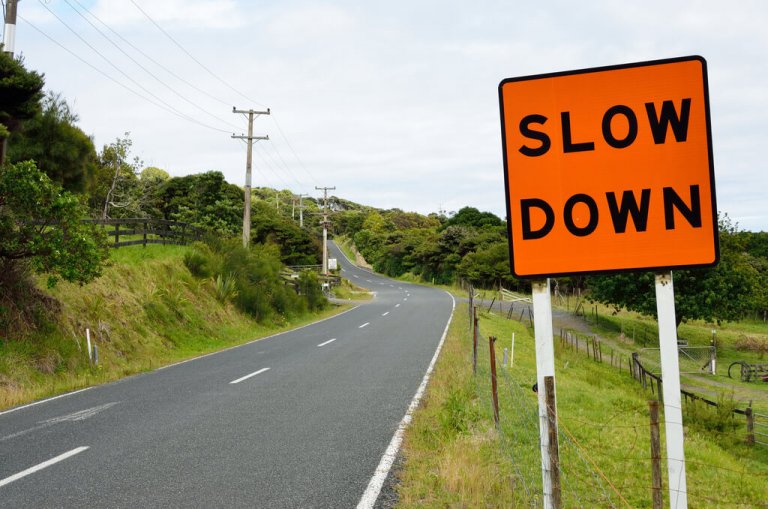
Don’t Speed
Speed limits exist for a reason. The posted maximum speed limits are not just recommendations, but legal restrictions intended to ensure safe road conditions for all. When you speed reduces your ability to react to sudden driving changes and increases the chances of a collision. Don’t bother speeding. It won’t get you to your final location any quicker.

Don’t Tailgate
Be considerate of the drivers around you. Make sure that you have space to move and so do others. A “safety cushion” between you and other drivers will give you space and time to react to emergency situations.

Communicate Your Intentions
Other drivers on the road are not mind readers. Use your horn or headlights when appropriate. Signal when you’re turning or switching lanes. Don’t make the driving experience more stressful for you and those drivers by not communicating your intentions.
Keep these rules in mind when you’re out there driving safely! The best way to become better and safer driver is to practice safe driving techniques.
